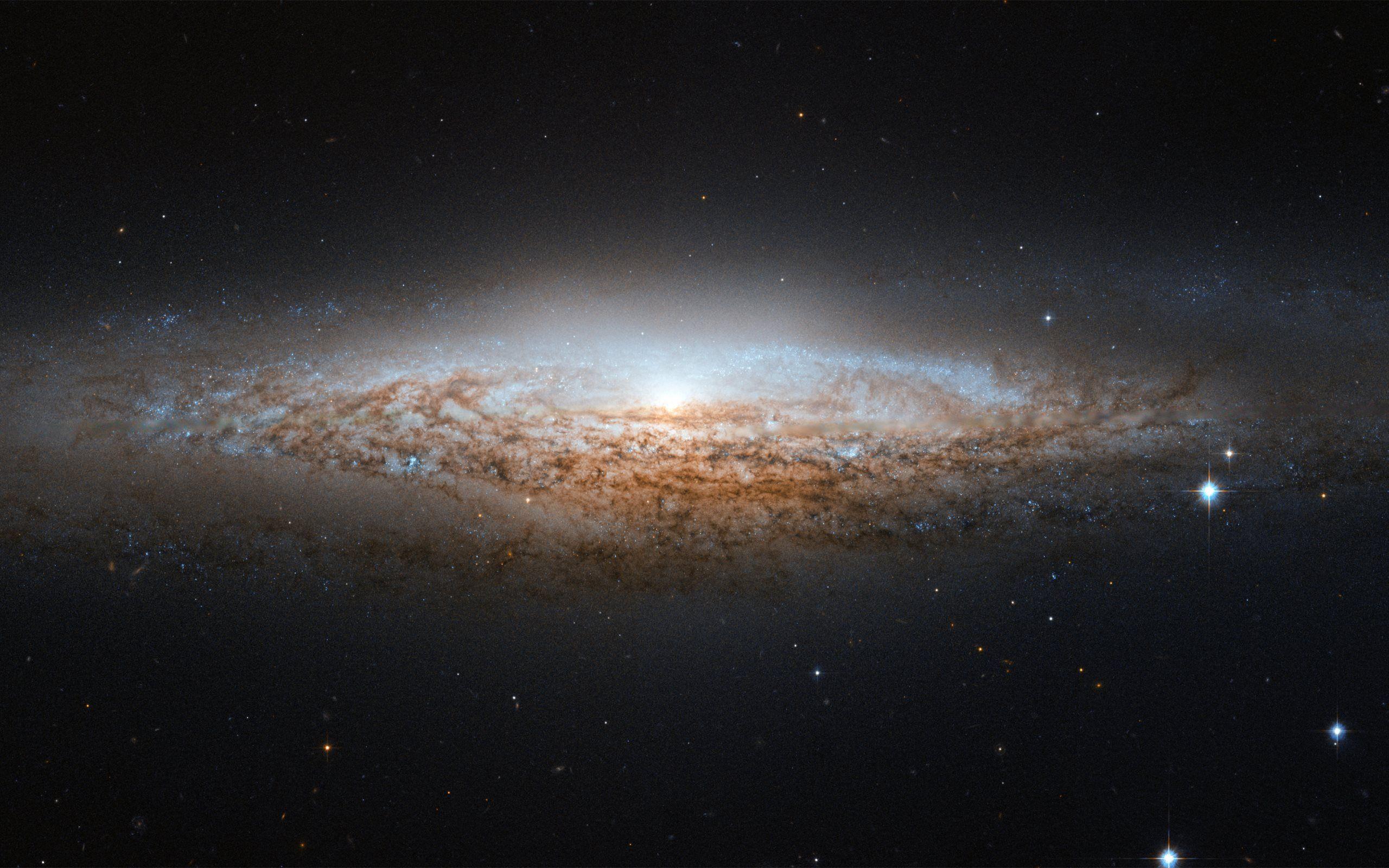

Here, the instruments NIRCam, the telescope’s near infrared camera, and MIRI, its near infrared instrument, were used. Through his observations of NGC 3324, James Webb can help scientists better understand how stars form. And below, in the orange zone, we see stars that are beginning to live “. This light and matter is eroding part of the nebula sums up the scientist. Here are the magical mountains wallpapers for your devices. These Cosmic Cliffs are captured in infrared by James Webb Telescope. At first, what looks like a valley of stars and a mountain of glitter, is actually Carina Nebula forming a region to birth young stars. ” They emit a very energetic light and a stellar wind. Carina Nebula wallpapers from James Webb Telescope. It is the very bright stars, visible at the top of the image, which have contributed to hollowing out this cavernous zone. The highest “peaks” of these “cosmic cliffs” are vertiginous: these structures measure about 7 light years! And the “sea” they seem to border is actually ” a cavity in the nebuladescribe Anthony Boccaletti, where there is less gas and dust “. Source: NASA, ESA, CSA, and STScI “Cliffs” of 7 light years Telescopes like Hubble struggle to penetrate this nebula because it’s opaque to visible radiation. “ James Webb allows us to probe areas of this nebula that we could not see beforeexplains to Numerama Anthony Boccaletti, CNRS research director at LESIA (Laboratory for Spatial Studies and Instrumentation in Astrophysics). Areas where stars are born become visible. Thanks to the infrared observations of the JWST, we can finally see further into this nebula. NGC 3324 is 7,600 light years away from us. James Webb was actually observing a specific region located at the edge of the Carina Nebula: NGC 3324, where many young stars are forming. “James Webb probes areas we couldn’t see before” You can almost have the impression of observing a terrestrial landscape from the sky, like a sea bordered by high cliffs. The space agency itself uses the phrase “cosmic cliffs” to describe this image taken by James Webb. But what exactly do we see in this image?Ī simple glance at this magnificent shot of the nebula (a star birth zone) gives the impression of contemplating, as NASA puts it, a ” landscape of ‘mountains’ and ‘valleys’ speckled with twinkling stars “. The Carina Nebula is particularly poetic, with its “cosmic cliffs”. Among these first shots, there is already enough to find a sublime wallpaper for your smartphone. And this is probably only the beginning of the feats of which this NASA observatory will be capable. The first images obtained by the James Webb Telescope (JWST), presented on July 12, 2022, are masterful. The shot of the Carina Nebula is undoubtedly the most poetic of the first images from the James Webb Telescope, with its superb “cosmic cliffs”.


 0 kommentar(er)
0 kommentar(er)
